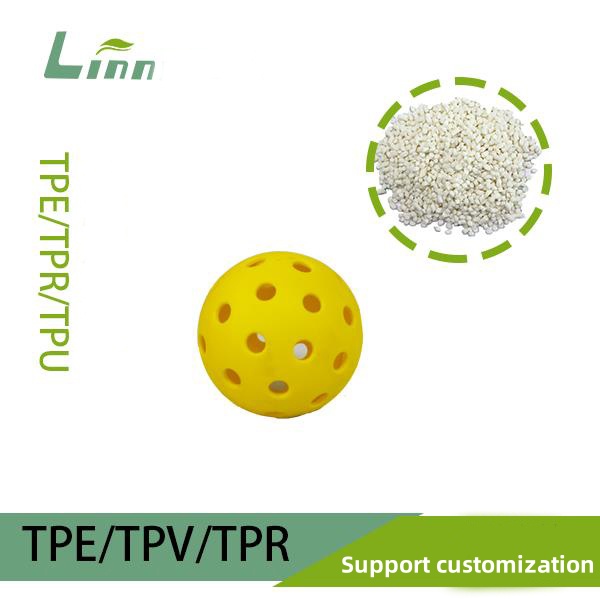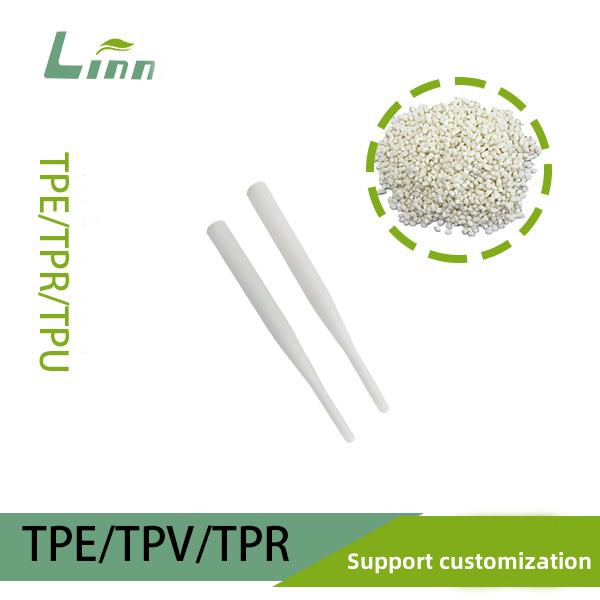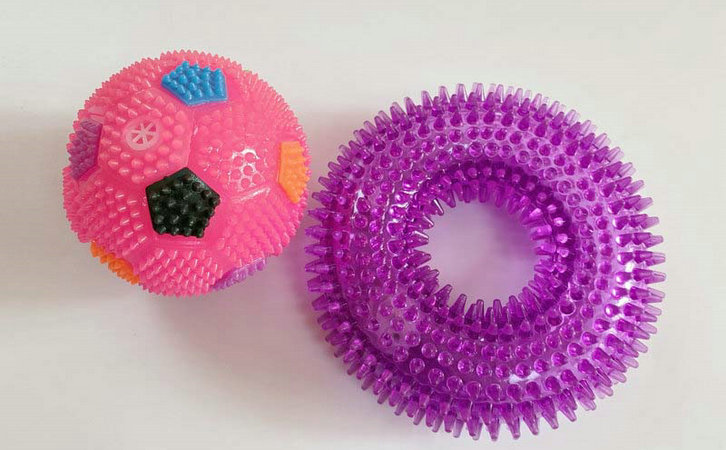How to Tell If TPE Material Is Recycled?
Having worked in the TPE (Thermoplastic Elastomer) industry for over 15 years, I’ve handled my fair share of materials—virgin, recycled, and everything in between. One question that pops up a lot is how to figure out if a batch of TPE is recycled. It’s a valid concern, especially when you’re aiming for consistent quality in […]
How to Tell If TPE Material Is Recycled? Read More »








